Do you have a question about this product?
Ask us your question
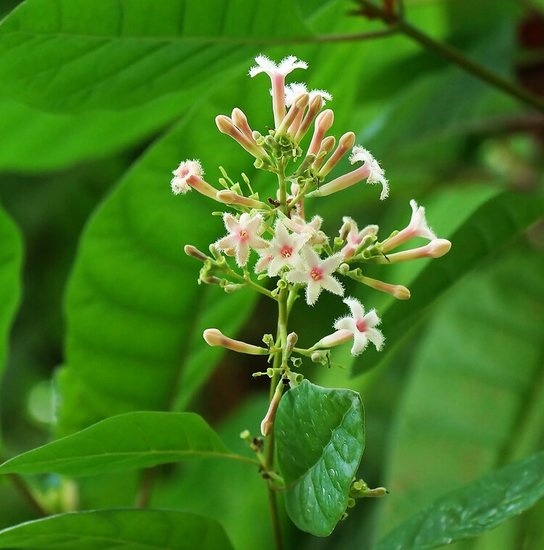
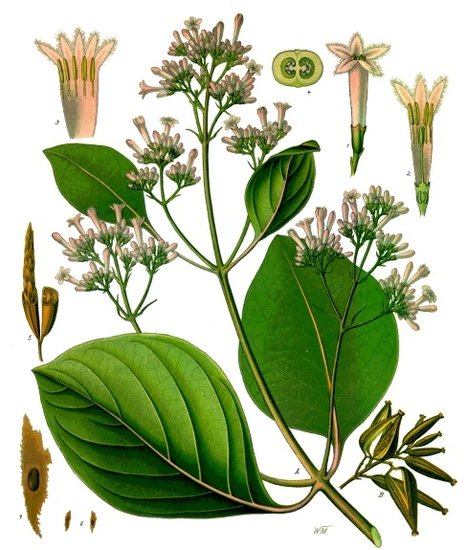

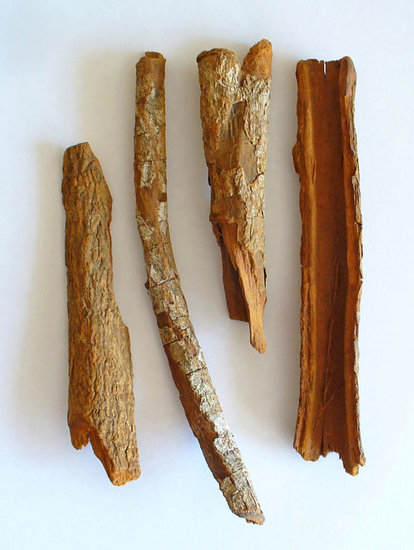
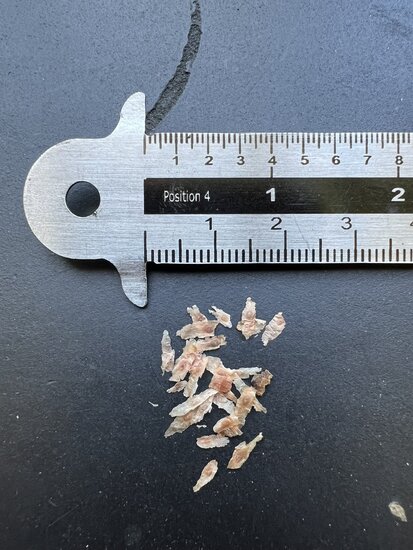


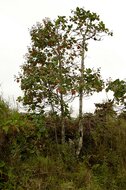


Product description
The cinchona tree has been used as a medicine for fever for centuries and is best known to treat and prevent malaria. The species originates from the humid mountain forests of the Andes where it occurs at altitudes around 2,000 meters. It is a small tree with decorative foliage and small pinkish-white flowers. Kina-kina in Quechua means "bark of barks," because the bark of the tree can be harvested for its medicinal use. The tree is peeled for this, after which the bark is dried and pulverized. In the past, the pulverized bark was consumed as an aqueous extract, but nowadays the active quinine is isolated from the bark and processed into medicine. That drug was first made in France in the 19th century and was later synthesized. Because malaria has become resistant to the synthesized form, natural quinine is now the most widely used after a few decades. Especially in India and Congo, the cinchona tree is currently cultivated for the production of quinine. The seeds of this species were also collected for us in Congo. The species can be kept as a houseplant, likes regular water and does well in partial sun.Sowing description: Soak the seeds in water for 24 hours and sow in sowing and cutting soil. Keep the soil constantly moist and let it germinate at 22-28 degrees Celsius.
Product specification
Family:
Rubiaceae
Scientific name:
Cinchona pubescens
Common name:
Red cinchona
Native to:
Andes
Sowing time:
All year round
Difficulty level:
Intermediate
Minimum temperature:
10 degrees Celsius
Do you have a question about this product?
Ask us your question
Product specification
Family:
Rubiaceae
Scientific name:
Cinchona pubescens
Common name:
Red cinchona
Native to:
Andes
Sowing time:
All year round
Difficulty level:
Intermediate
Minimum temperature:
10 degrees Celsius
Add review
Write a review about this product.
Reviews
No reviews yet


